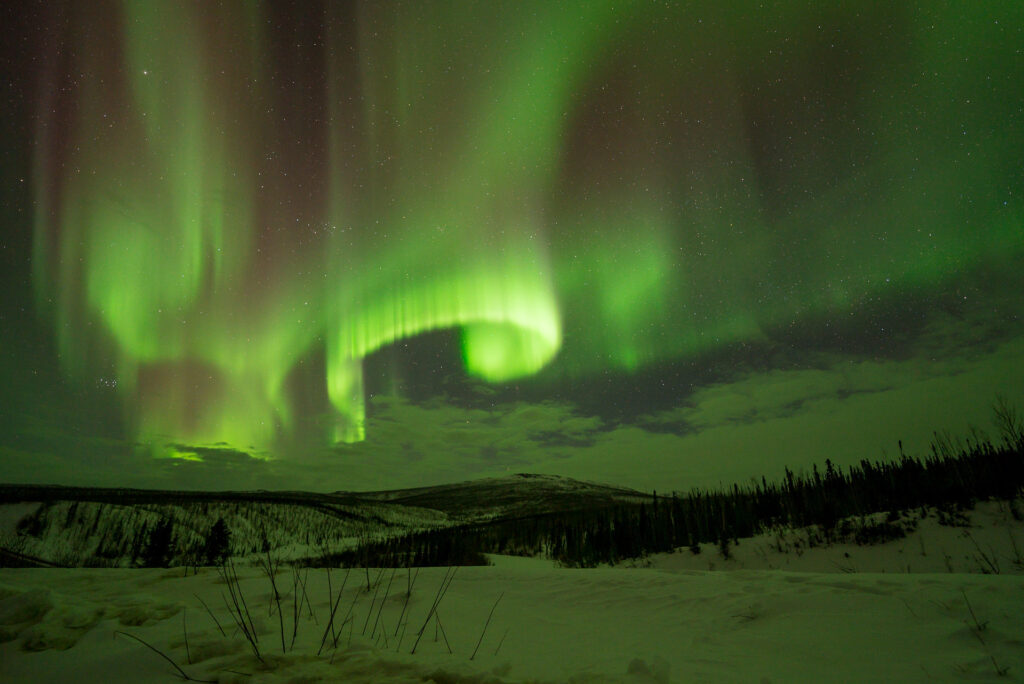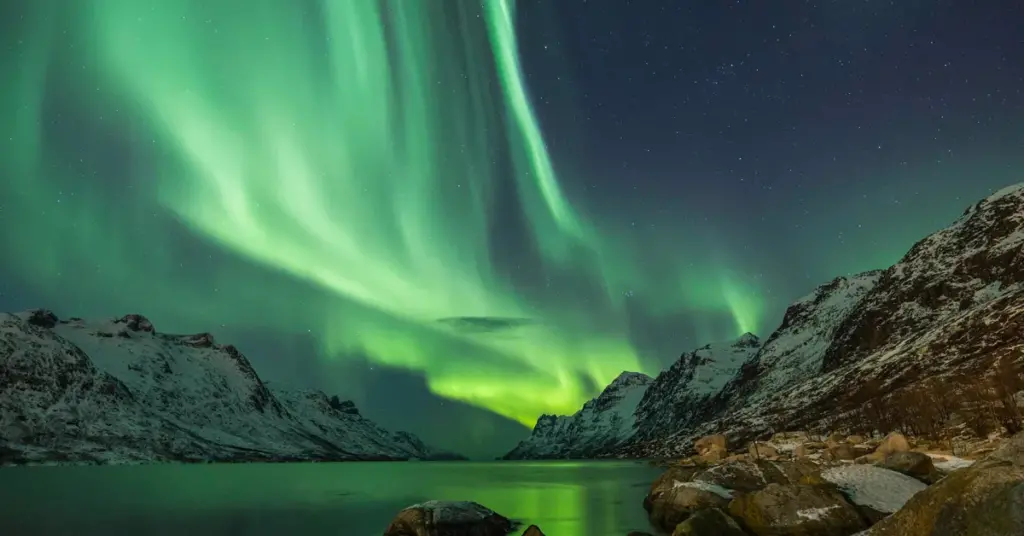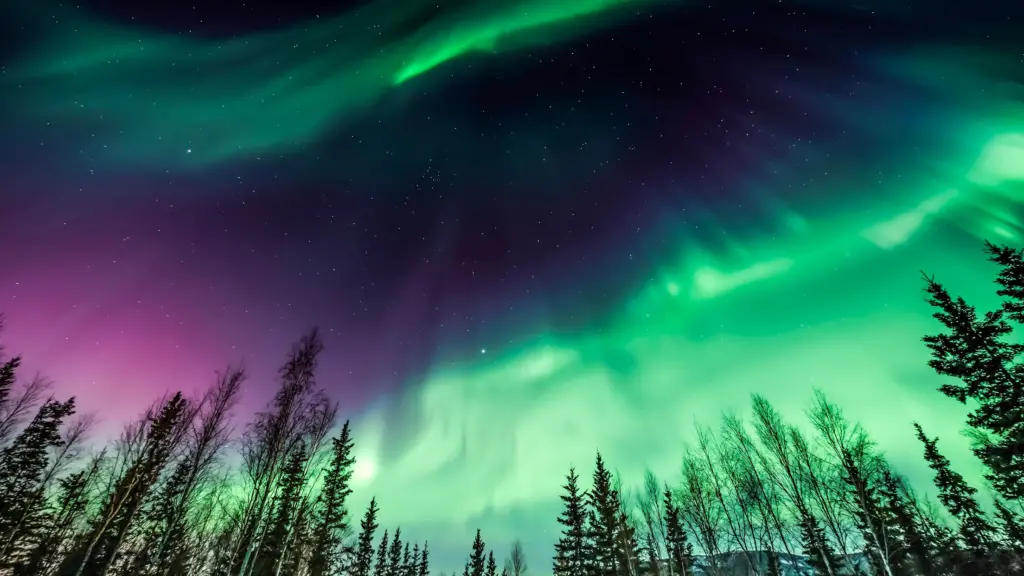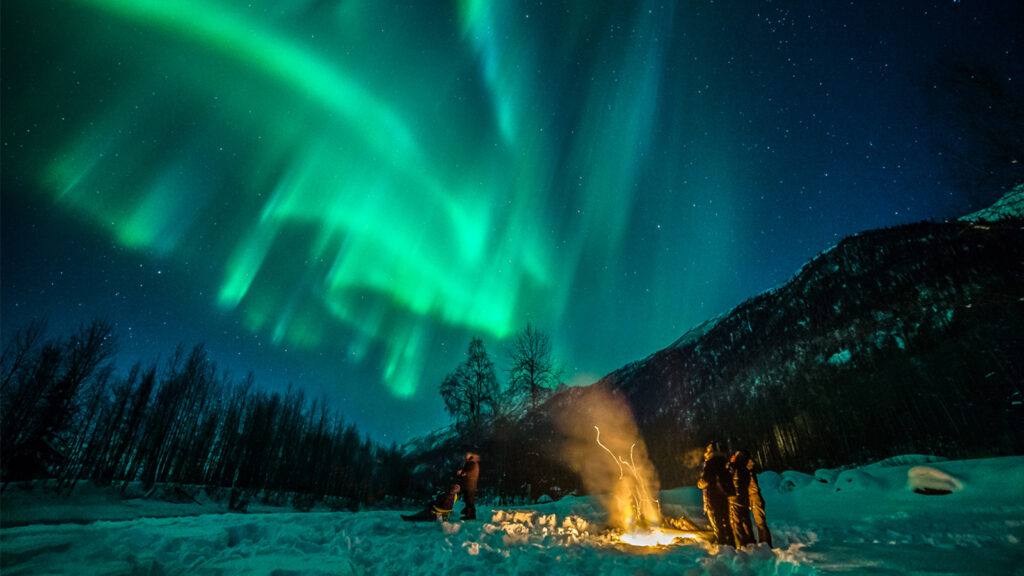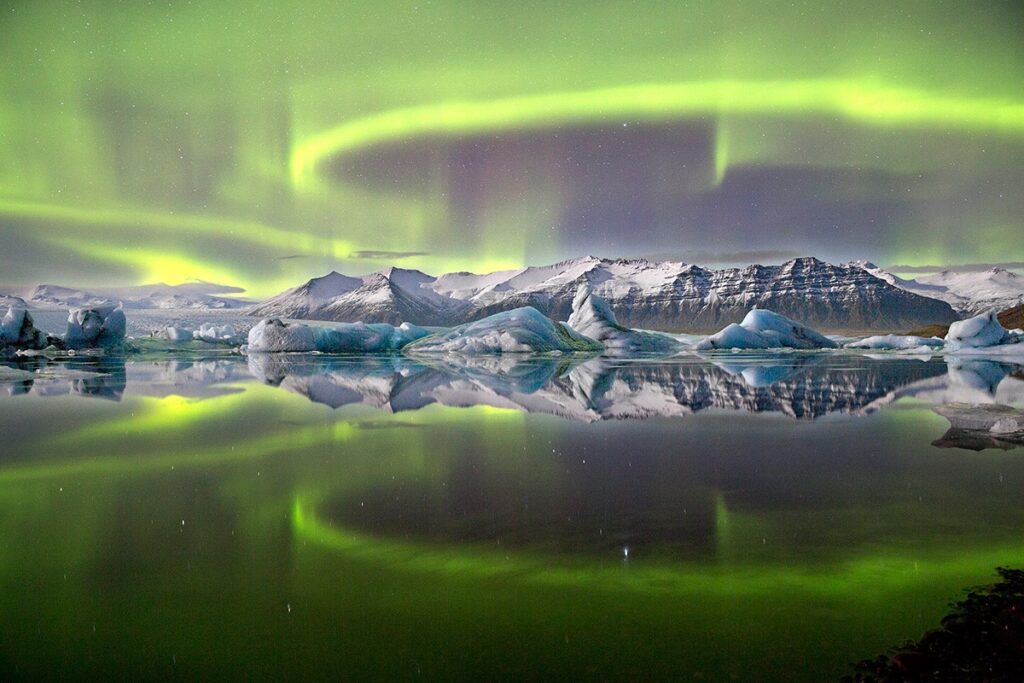Introduction
The Aurora Borealis, a celestial dance of vibrant lights in the night sky, has long captured the imaginations of sky gazers. For those in Montana, a state known for its vast landscapes and natural beauty, the question arises: Where can you see Aurora Borealis in Montana, the Big Sky Country? Let’s embark on a journey to explore the possibilities of encountering this cosmic phenomenon amidst Montana’s breath-taking wilderness.
Understanding Aurora Borealis
Before diving into the specifics, understanding the Aurora Borealis is crucial. This natural light display, born from solar particles colliding with Earth’s magnetic field, paints the night sky with awe-inspiring colours and patterns.

Aurora Borealis Locations Worldwide
Traditionally associated with polar regions, Montana offers a unique opportunity for Northern Lights enthusiasts. The state’s expansive and diverse topography provides an exceptional setting for experiencing the celestial phenomenon.
| ℹ️ Read More: | Where Can You See Aurora Borealis in North Dakota? |
Geographic Factors in Montana
Given Montana’s northern latitude and vast open spaces, the conditions for witnessing the Aurora Borealis are favourable. Understanding specific geographic factors, such as elevation and proximity to darker areas, can enhance the chances of a sighting.

Best Times to Witness Aurora Borealis in Montana
While Montana may not be a prime location for Aurora sightings, specific times during heightened solar activity, typically during fall and winter, present opportunities for residents to witness the lights. Monitoring solar forecasts is key to maximizing the likelihood of a sighting.
Ideal Weather Conditions
Clear skies are essential for any Aurora Borealis sighting. Monitoring weather forecasts and choosing nights with minimal cloud cover contribute to an optimal viewing experience in Montana.
Potential Spots in Montana for Aurora Borealis Viewing
Montana’s diverse landscapes offer several potential spots for Aurora Borealis viewing. Identifying locations away from city lights, such as mountainous regions or serene lakeshores, is crucial for maximizing visibility.
Top 5 Places Where You Can See Aurora Borealis in Montana?
Glacier National Park
Nestled in the Rocky Mountains, Glacier National Park provides pristine night skies and a dramatic backdrop for potential Northern Lights sightings.

| ℹ️ View More |
| 🏡 Best Places to Stay in Glacier National Park |
Flathead Lake
The largest natural freshwater lake west of the Mississippi, Flathead Lake‘s dark waters and expansive horizons offer optimal conditions for witnessing the celestial display.

| ℹ️ View More |
| 🏡 Best Places to Stay in Flathead Lake |
Yellowstone National Park
Known for its geothermal wonders, Yellowstone National Park also provides opportunities for stargazing, making it a potential spot for capturing the Northern Lights.
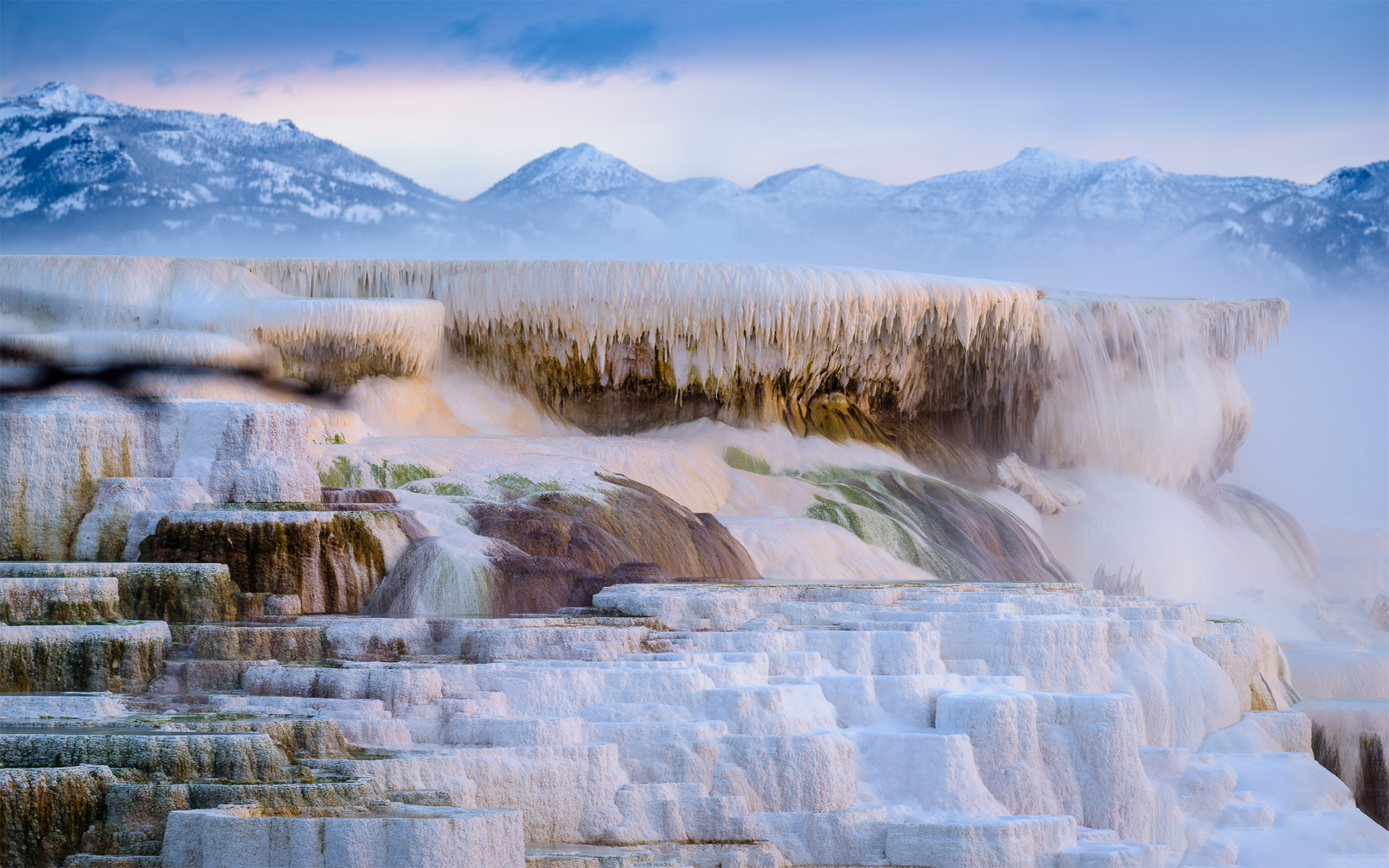
| ℹ️ View More |
| 🏡 Best Places to Stay Near Yellowstone National Park |
Bitterroot Valley
Surrounded by mountains and far from major urban centres, Bitterroot Valley offers a secluded setting with clear skies, enhancing the visibility of the Aurora Borealis.

| ℹ️ View More |
| 🏡 Best Places to Stay in Bitterroot Valley |
Makoshika State Park
Located in the Badlands of eastern Montana, Makoshika State Park‘s remote location provides an unobstructed view of the night sky, potentially revealing the Northern Lights.
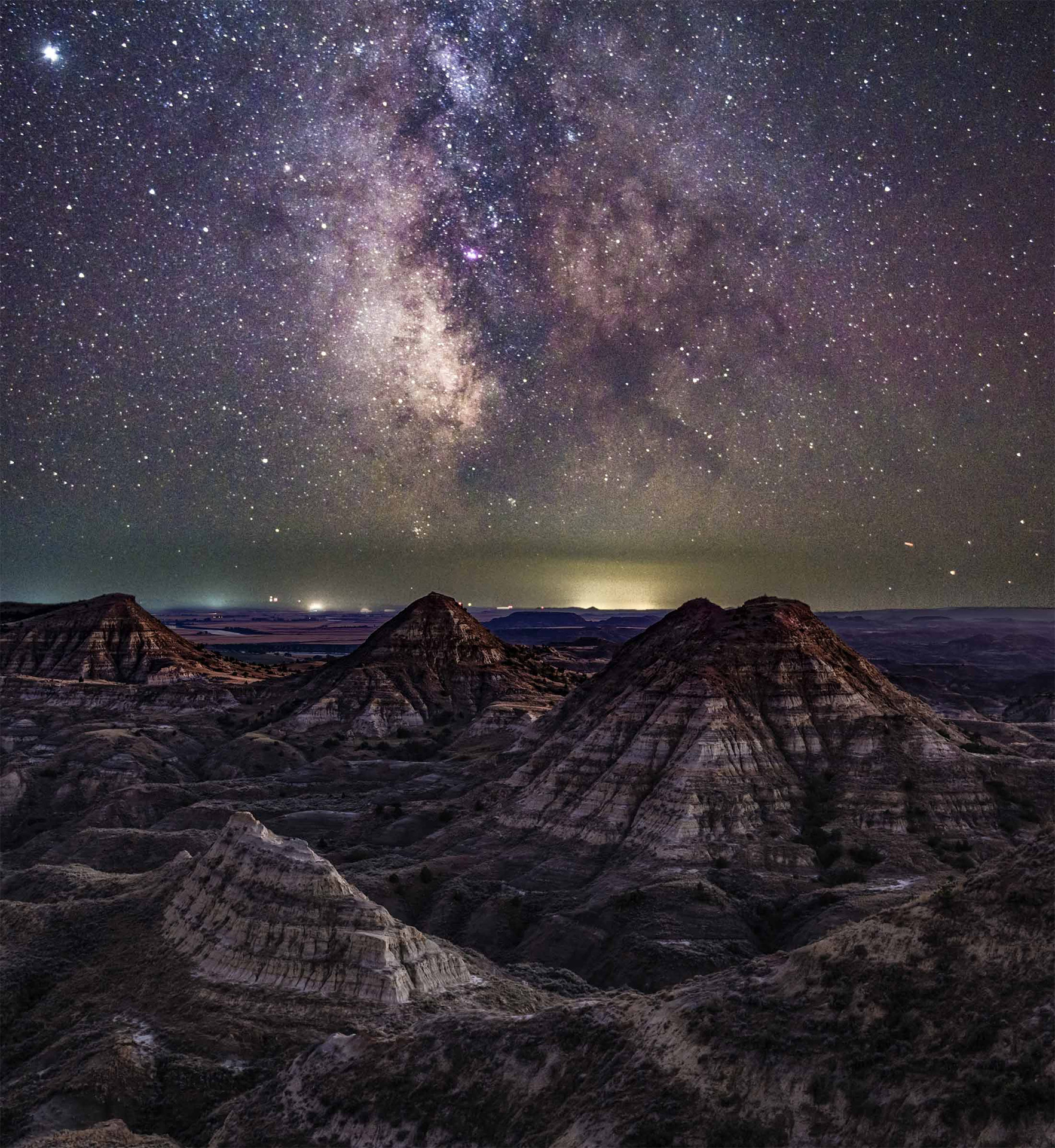
| ℹ️ View More |
| 🏡 Best Places to Stay Near Makoshika State Park |
Factors Influencing Northern Lights Visibility in Montana
Solar Activity and Montana’s Night Skies
Monitoring solar activity becomes crucial for increased chances of witnessing the Northern Lights in Montana. Solar maximum years, occurring approximately every 11 years, mark periods of heightened solar activity, creating optimal conditions for celestial displays.
Geographic Considerations
Montana’s diverse geography, from mountainous regions to expansive valleys, offers a variety of potential locations for Northern Lights visibility. Choosing spots with minimal light pollution and elevated views enhances the overall experience.

| ℹ️ Read More: | Where Can You See Aurora Borealis in North Dakota? |
Conclusion
Montana’s Big Sky Country becomes an enchanting canvas for the Northern Lights. Explore recommended locations like Glacier National Park, Flathead Lake, Yellowstone National Park, Bitterroot Valley, and Makoshika State Park for an unforgettable experience of the Aurora Borealis against Montana’s pristine night sky.
Frequently Asked Questions
Q: Can you see the Northern Lights in Montana?
A: Yes, Montana’s clear night skies and expansive landscapes make it possible to witness the Northern Lights, especially during geomagnetic storms.
Q: When is the best time to see the Northern Lights in Montana?
A: The prime time for potential Northern Lights sightings in Montana is during the winter months, with increased activity during solar maximum years.
Q: Where are the best places in Montana for Northern Lights viewing?
A: Glacier National Park, Flathead Lake, Yellowstone National Park, Bitterroot Valley, and Makoshika State Park are top spots offering potential Aurora Borealis sightings.
Q: Why is Montana suitable for Northern Lights viewing?
A: Montana’s expansive wilderness and minimal light pollution provide optimal conditions for experiencing the Northern Lights.
Q: How does solar activity impact the visibility of the Northern Lights in Montana?
A: Increased solar activity, especially during solar maximum years, enhances the chances of witnessing vibrant Aurora Borealis displays in Montana.

